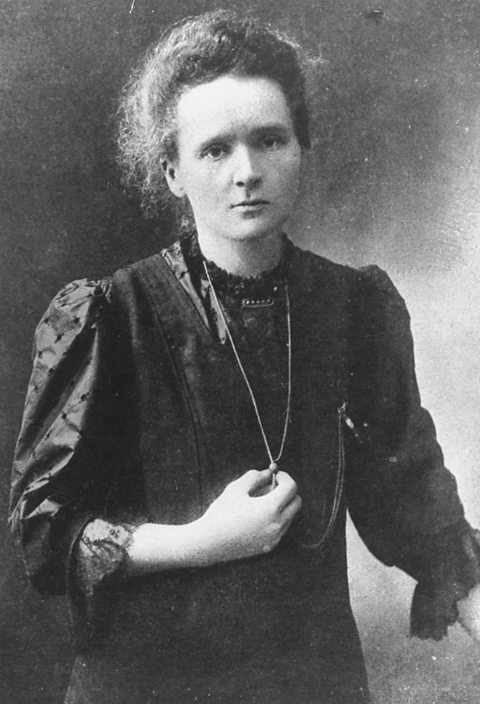Marie Curie and the development of radiation

Marie Curie is arguably the most famous female scientist in history. She won the Nobel Prize in 1903 and 1911, and is the only person to have won a Nobel Prize for both physics and chemistry.
In July 1898, working with her husband Pierre, she discovered two new chemical elements - polonium and radium. These two radioactive elements could be used to destroy tissue, and this opened up a way of treating cancerous tumours. After her husband’s death in 1906 she continued her research.
X-rays in surgery
The Curies' research was crucial in the development of X-rays in surgery. During World War I, she played a vital role in getting 200 X-ray units into field hospitals as well as 20 mobile X-ray vehicles, which French troops nicknamed petites Curies (little Curies).
She realised that this was vital for getting fast and efficient diagnosis and treatment of injured troops. After the war, the International Red Cross made her head of its radiological service and she organised training courses for medical orderlies and doctors in the new X-ray techniques.
Marie Curie was known to carry test tubes of radioactive radium around in the pocket of her lab coat, not realising that it was affecting her health. She died on 4 July 1934 from leukaemia, caused by exposure to high-energy radiation from her research.
Radiation treatment
Radiation treatment is now one of the main treatments for cancer. Modern radiation treatments are more targeted, resulting in better treatment. Together with surgery to remove tumours, and chemotherapy to kill cancerous cells, treatment of cancer has improved considerably. Cancer is still a major killer, but more types of cancers are being cured or controlled by these treatments.